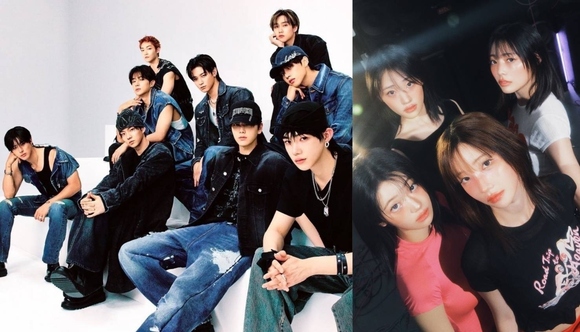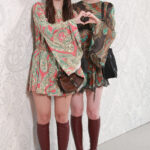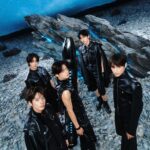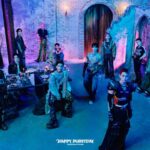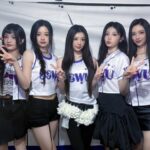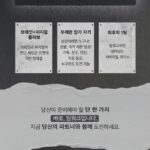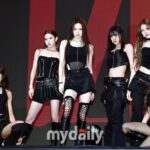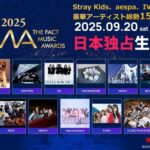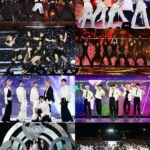The Spark That Lit the Flame
In a world where fan loyalty is proudly shown with glowing light sticks, two K-pop groups—THE BOYZ and rising rookie band QWER—have found themselves in the middle of a spotlight not even their fans anticipated. The issue? Both groups’ official light sticks look strikingly similar, and that’s caused tempers to flare across fandoms.
When Megaphones Collide
QWER recently revealed their official light stick ahead of their upcoming world tour. But fans couldn’t help but notice its megaphone-shaped design—which uncannily mirrors that of THE BOYZ. Naturally, the observation lit up social media with side-by-side comparisons and heated debates over originality.
THE BOYZ’s agency, One Hundred, confirmed they attempted to address the duplication: “After confirming the situation, we requested discussions and design changes with QWER’s side, but unfortunately, we couldn’t reach a resolution. We will proceed with every legal option if necessary.”
Industry Sounds a Warning
In response to the growing tension, the Korean Entertainment Producers’ Association (KEPA) issued a formal statement that’s sending waves across the industry. While appearing neutral, their message was anything but lukewarm: “This controversy is no longer just about one design. It challenges the future of K-pop’s merchandise culture, fans’ community-building, and even the global competitiveness of Hallyu.”
KEPA emphasized the importance of intellectual property (IP) rights, respect among fandoms, and cooperation between entertainment companies. They also warned that if disputes become solely legal battlegrounds, the real losers could be creativity, fan solidarity, and trust in Korea’s cultural exports.
Design Wars = Cultural Consequences
In layman’s terms: A light stick is more than a glowy souvenir—it’s an identity symbol for fans and a branding tool for idols. KEPA is pushing to formalize industry guidelines, encourage pre-release consultation for official goods, and build a platform for peaceful dispute resolution before things go full courtroom drama.
More broadly, they’re urging all stakeholders to protect both identity and innovation—two pillars at the heart of K-pop’s rise as a global phenomenon.
What’s Next for THE BOYZ and QWER?
While both fandoms hold their ground, KEPA is stepping in as mediator, promising neutrality and structural changes to prevent future design déjà vu. Fans online are divided—some argue the comparison is a stretch; others say you can’t mistake a megaphone for anything else. Regardless of where you stand, one thing’s clear: in K-pop, even your flashlight can start a firestorm.
Final Glow Thought
This controversy might seem like a case of copycat design, but it’s also a test of how K-pop evolves—respecting the past while keeping its creative spark alive. Are glow sticks the new battleground for idol identity? With KEPA watching closely, the next move might just rewrite unspoken fan etiquette.

